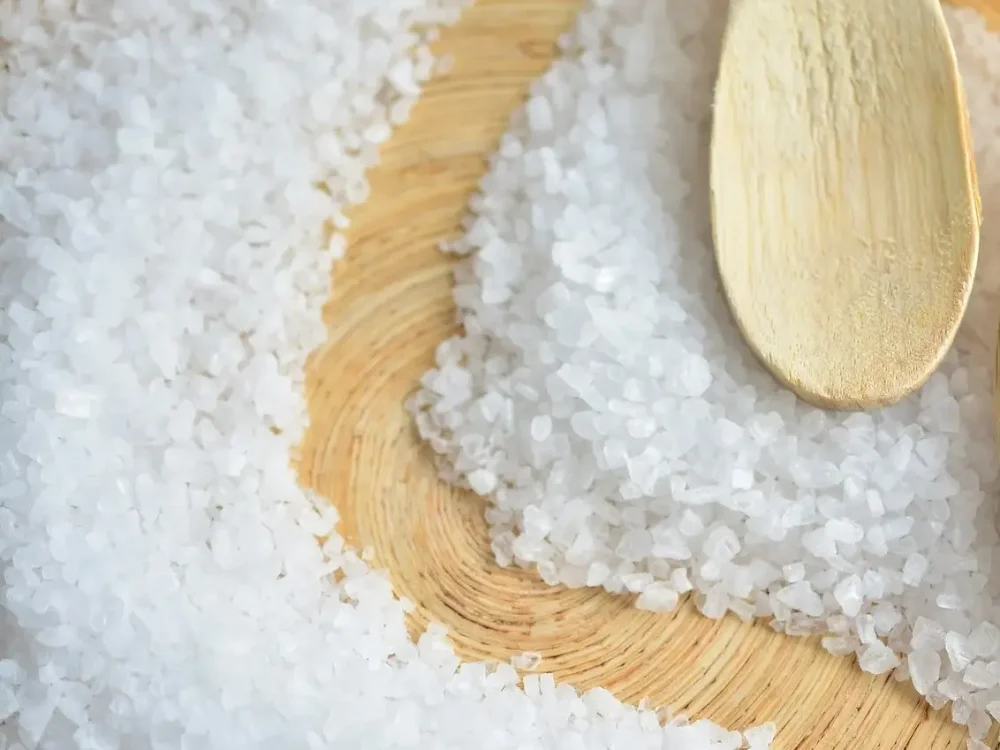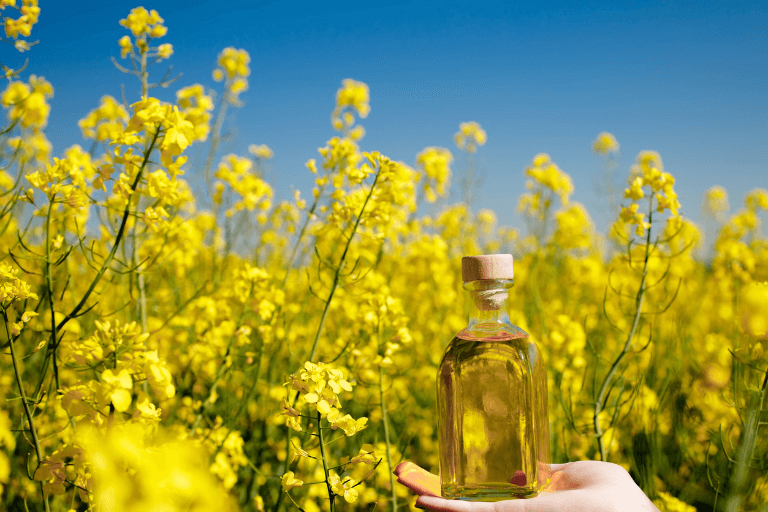There is very strong evidence that shows that salt increases blood pressure. High blood pressure increases your risk of heart attack, stroke and vascular dementia. Salt is also linked to kidney disease, osteoporosis, stomach cancer and obesity. Salt intakes in the UK are too high. Action on Salt have highlighted the high levels of salt in some of the foods we eat, from snacks in meals deals, ‘healthy’ pulse snacks, chilled sliced meats, and ‘healthy’ plant-based meals. So what is going on with the amount of salt in the food we eat?
Industry’s progress on reducing salt in product has stalled
The UK Food Standards Agency salt reduction programme undertaken between 2003 and 2010 successfully reduced the average salt intake of the population from 9.5g a day in 2000/2001 to 8.6g a day in 2008 (Wyness et al. 2012). However, progress since then has slowed and salt intake has not fallen since 2011. Current average salt intake in the UK is 8.4g a day.
Responsibility for salt reduction has been transferred several times in the last decade and it now sits within the Office for Health Improvement and Disparities, where it has been merged with obesity prevention measures rather than being prioritised as the most cost-effective public health intervention to prevent stroke and heart disease. In other words, salt reduction is a public health ‘low hanging fruit’ opportunity.
How much salt do I need?
Our bodies need about 1g salt a day to function. In the UK, the current Government recommendation is for adults to eat no more than 6g of salt a day. This is about 1 teaspoon. The World Health Organisation advises adults to restrict salt intake to 5g a day.
UK government recommendations for maximum daily salt intake:
| Less than 1y | Less than 1g |
| Age 1-3y | Less than 2g |
| Age 4-6y | Less than 4g |
| Age 7-10y | Less than 5g |
| Age 11+y and Adults | Less than 6g |
Are some salts healthier than others?
Premium salts like sea salt flakes and course Himalayan pink salt are often considered healthier. These salts are less refined than table salt, which has mineral removed and anti-caking agents added. However, there are no health benefits for choosing sea salt.
All salts have a relatively similar sodium content as table salt. With the exception of some alternatives to sodium salts (such as potassium salt) all salt is high in sodium, which increases your blood pressure and this increases your risk of heart disease, stroke and several other health conditions.
Salt is needed to flavour foods so they taste good
When you first reduce the salt in your food it may initially taste a bit bland. However, stick with it and within a few weeks your taste buds will begin to adapt and become far more sensitive to salt. This means you’ll be able to detect salt much more easily at lower levels. You’ll also be able to taste the natural flavours of food.
You could practice some Mindful Eating to discover more about your taste and food preferences. Try out fresh or dried herbs, spices, black pepper, chilli or lemon to excite your taste buds.
What to look for on labels?
About 75% of the salt we eat is already in the food we buy. The salt content of some processed and pre-prepared foods may be higher than you expect. For example, sweet biscuits, cakes and cereals. Even some savoury snack foods often perceived as ‘healthy’, are in fact high in salt. Checking the product label enables you to see how much salt you are eating.

As a general rule:
Foods high in salt have more than 1.5g salt per 100g or more than 1.8g per portion.
Foods low in salt have less than 0.3g salt per 100g
Get salt savvy with the free FoodSwitch App
The FoodSwitch UK app allows you to scan the barcodes of food and drink products and instantly see whether they are high (red), medium (amber) or low (green) in fat, saturates, sugars and salt. The app is designed to show you the healthiest options available, from any store. You can use the app while you are in the supermarket, or planning your next shop by scanning products you have at home.





